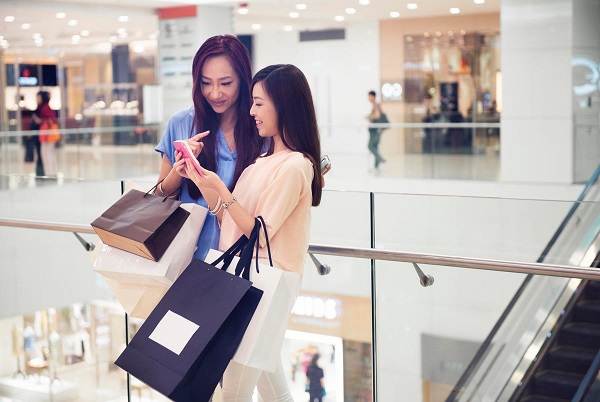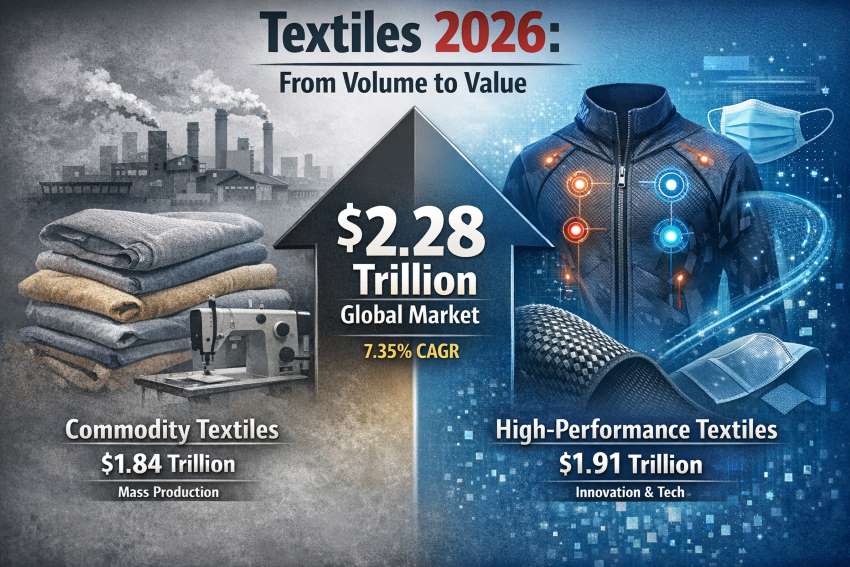
Life is like a game of boomerang and sooner or later, everyone sits down to a banquet of consequences of human actions or natural causes. China quickly recovered from the global economic downturn after Covid 19 and became global saviour of luxury brands almost doubling in size compared to 2019 levels of €60 billion ($60.2 billion).
Lockdowns in China affect business
Before the onset of Covid-19, the Chinese nationality was the largest consumer group of luxury brands, driving 33 per cent sales in 2019 - a share that was expected to grow to 40 to 45 per cent by 2025. Most of that spending used to happen abroad but travel disruptions associated with the pandemic caused much of it to shift to China. The mainland’s share of the global market grew from about 20 per cent in 2020 to around 21 per cent in 2021 and was expected to drive global sales. Things however quickly changed as China went under lockdown, with the highly transmissible subvariant of the virus putting President Xi Jinping’s zero-Covid policy to the test with brands feeling the impact on their top lines.
As strict lockdowns hit key cities, causing store closures and logistical disruptions, it remains unclear about how long sales will be affected. While most luxury brands seemed confident that the market would pick up again once things are back to normal, the strength of local and global macroeconomic headwinds and the extent to which consumer confidence will be greatly impacted. Although the long-term fundamentals of the all-important China market remain strong, how the next six to 12 months will play out remains more of a debate among luxury industry analysts.
Supply chain disruptions
Covid restrictions greatly affect supply chains in Shanghai as most luxury brand warehouses are located in or near the city. This had a ripple effect as far afield as Chengdu, say Bernstein analysts and caused shipment delays of online orders, with many brands still trying to fulfil orders for the last four months.
When restrictions in Shanghai were lifted at the start of June, there was a huge pickup in sales, according to HSBC global head of consumer and retail research Erwan Rambourg with queues outside several luxury malls. So, even if consumers are unwilling to return to physical stores as of now, online sales and remote selling should see a boost as logistical backlogs ease up.
The bullish view is that consumers have saved a lot during the lockdown period and are now eager to spend. However, the bearish view would be that psychology is greatly affected, explains Rambourg.
Over-reliance on China an issue
In China, the latest round of restrictions has been significantly more severe than those in 2020 with food shortages, supply chain disruptions, and a failing economy causing financial instability. But the global apparel industry has already become over-reliant on China as a growth driver. It is time luxury brands focus on finding out high-potential growth markets elsewhere and have a more global geographically diversified business.
However, industry leaders say, just as China has fuelled much of the growth for the luxury industry over the past decade, the market continues to represent a significant untapped opportunity in the decade ahead. Louis Vuitton, the largest brand by sales globally, is estimated to be targeting less than 2 per cent of Chinese population and likely only counts one-tenth of that small portion as current customers, according to HSBC Research.
China has always been an unputdownable country and a little virus is not going to change that forever so currently the global apparel industry is living in hope.












